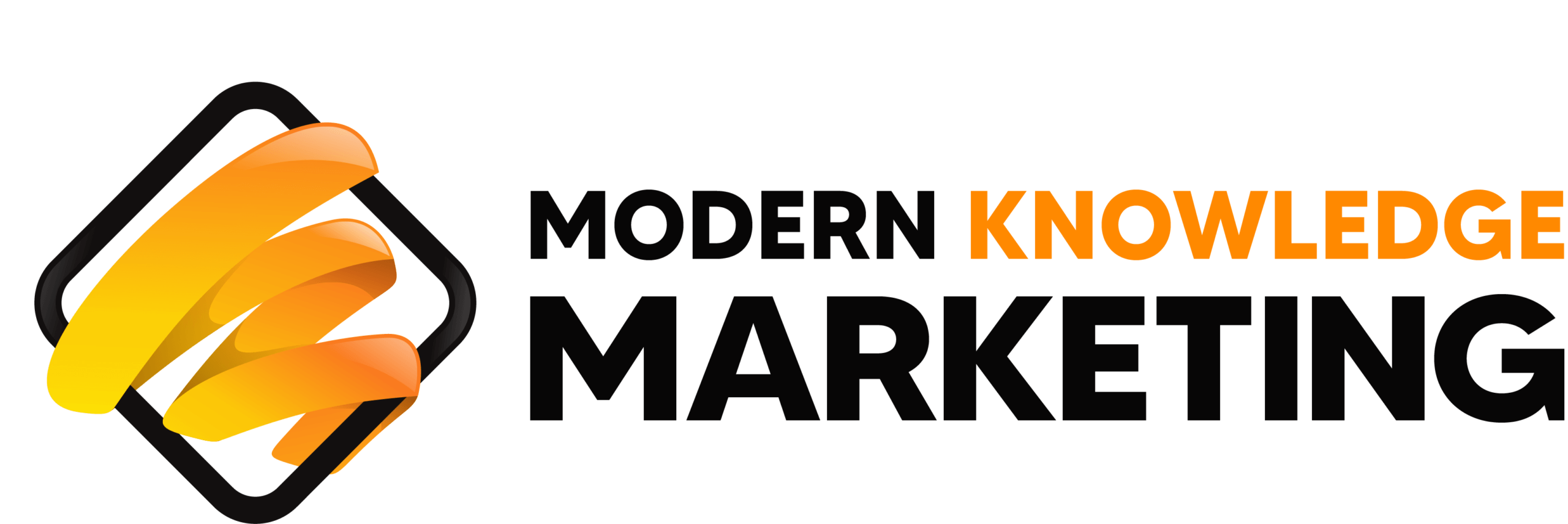DIGITAL MARKETING VS TRADITIONAL MARKETING
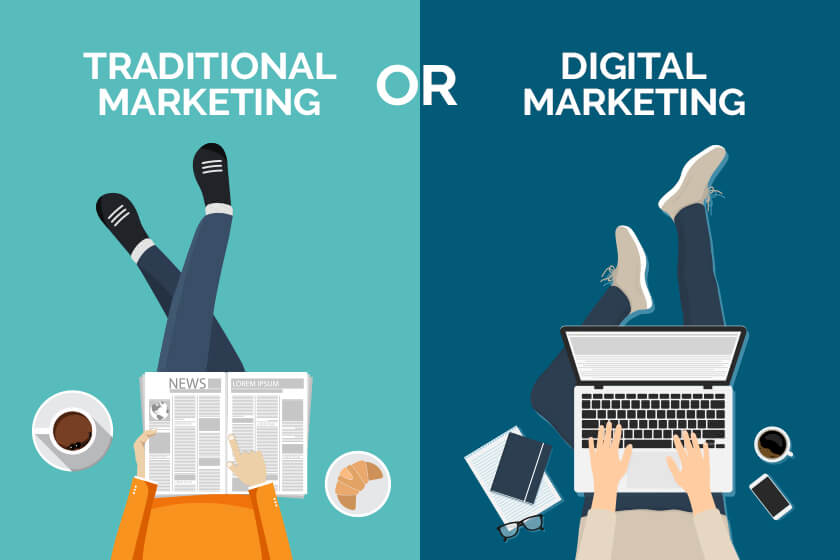
Blog
DIGITAL MARKETING VS TRADITIONAL MARKETING
Digital marketing is the use of digital technologies to promote products and services. It involves the use of online channels such as search engines, social media, email, and other websites to connect with current and potential customers. Digital marketing is an effective way to reach a large audience, as it allows businesses to target specific demographics and promotes their message to those audiences. Digital marketing is cost-effective, as it requires less overhead costs than traditional marketing methods. Digital marketing can also be used to measure the success of campaigns, as it allows businesses to track metrics such as website visits, conversions, and more. Overall, digital marketing is a powerful tool for businesses to reach their target audience and increase their brand awareness.
several types of digital marketing
There are several types of digital marketing that have emerged with the rise of the internet and digital technologies. These include:
- Search engine optimization
- Pay-per-click (PPC) advertising
- Content marketing
- Social media marketing
- Email marketing
- Influencer marketing
- Affiliate marketing
- Mobile marketing

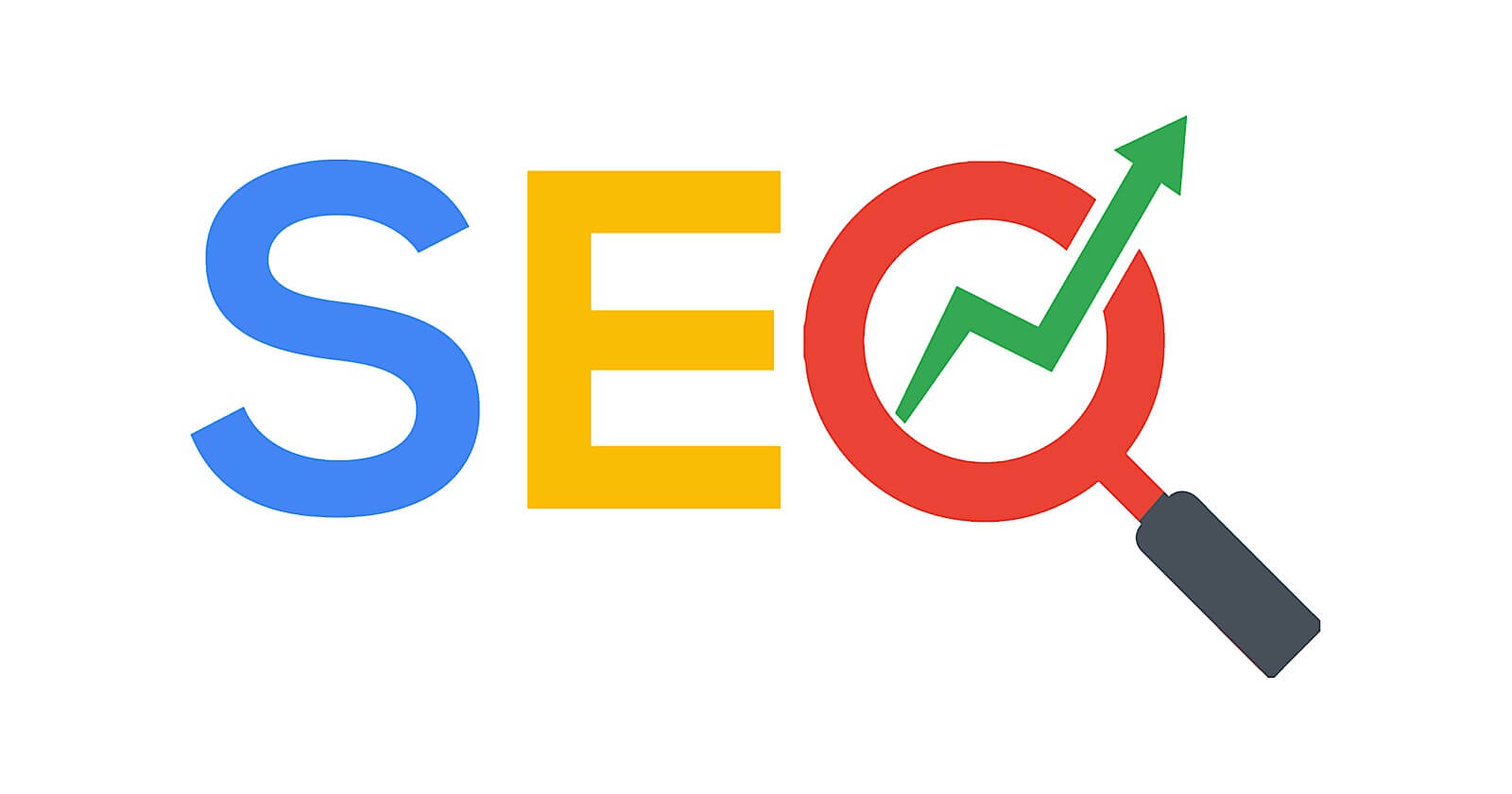
1. Search engine optimization (SEO)
This involves optimizing a website to rank higher in search engine results pages (SERPs).

2. Pay-per-click (PPC) advertising
This involves paying for ads to appear at the top of search engine results or on social media platforms, with payment being made for each click on the ad.
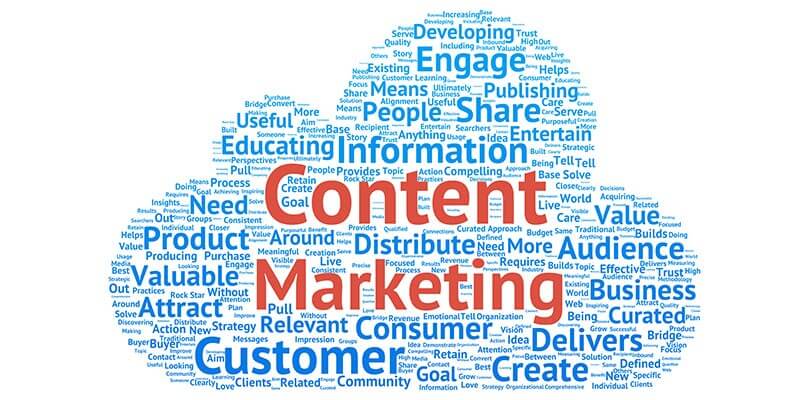
3. Content marketing
This involves creating and sharing valuable content (such as blog posts, videos, and infographics) with the goal of attracting and retaining customers.

4. Social media marketing
This involves using social media platforms (such as Facebook, Twitter, and Instagram) to promote a brand or product.

5. Email marketing
This involves using email to communicate with customers and promote products or services.
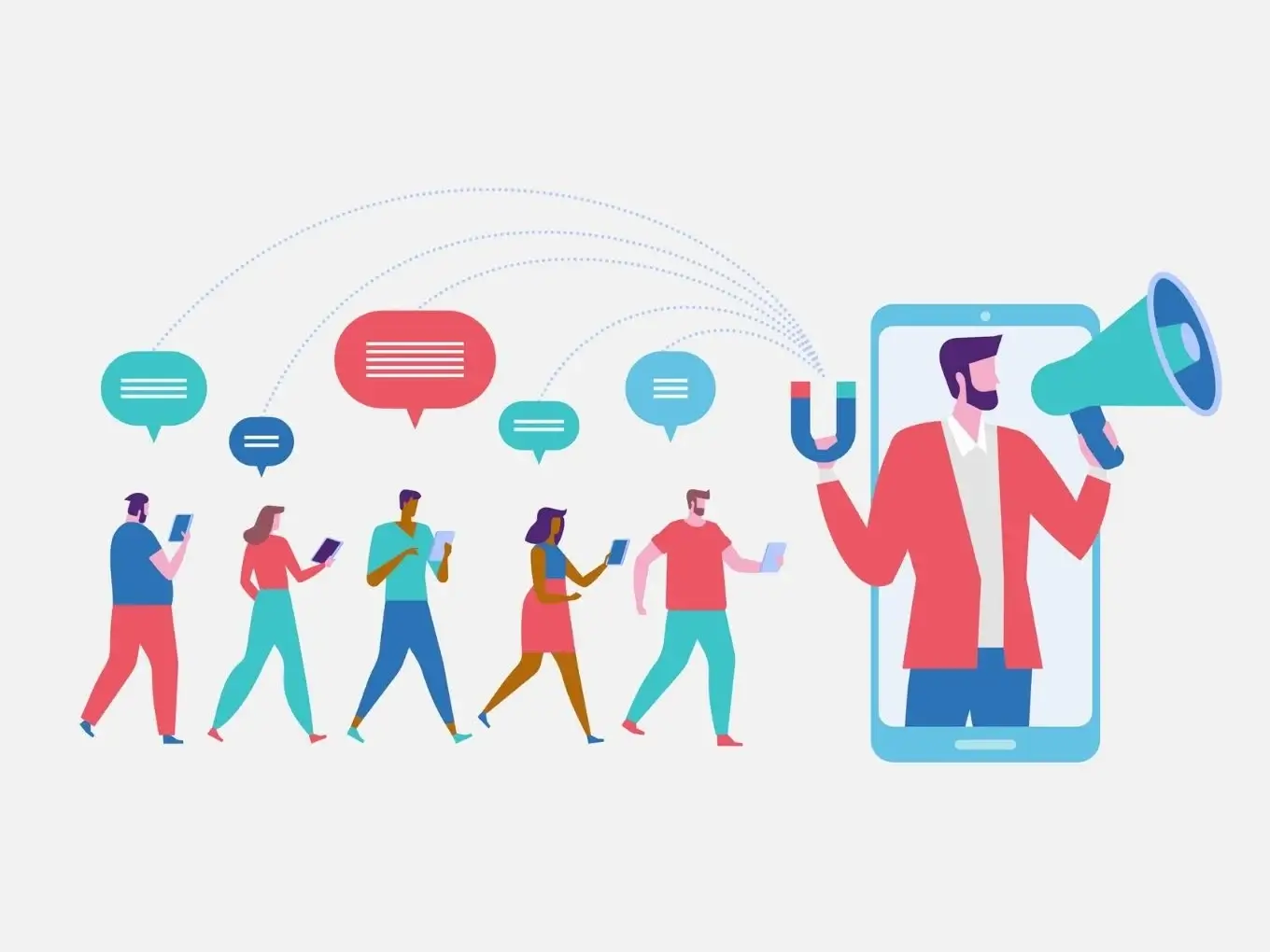
6. Influencer marketing
This involves partnering with influential people (such as social media personalities) to promote a brand or product.

7. Affiliate marketing
This involves partnering with other websites or individuals to promote a brand or product, with payment being made for each sale or conversion generated by the partner.

8. Mobile marketing
This involves targeting customers on mobile devices, such as through mobile apps, SMS marketing, or mobile-optimized websites.
Traditional Marketing
Traditional marketing refers to the offline marketing strategies that businesses have used for many years. This include advertising on billboards or in newspapers, flex, banners on roads, posters, radio streaming etc. These methods are still used today, but they have become less effective as digital marketing has become more popular. Traditional marketing is still important, however, as it can reach a different audience than digital marketing can.
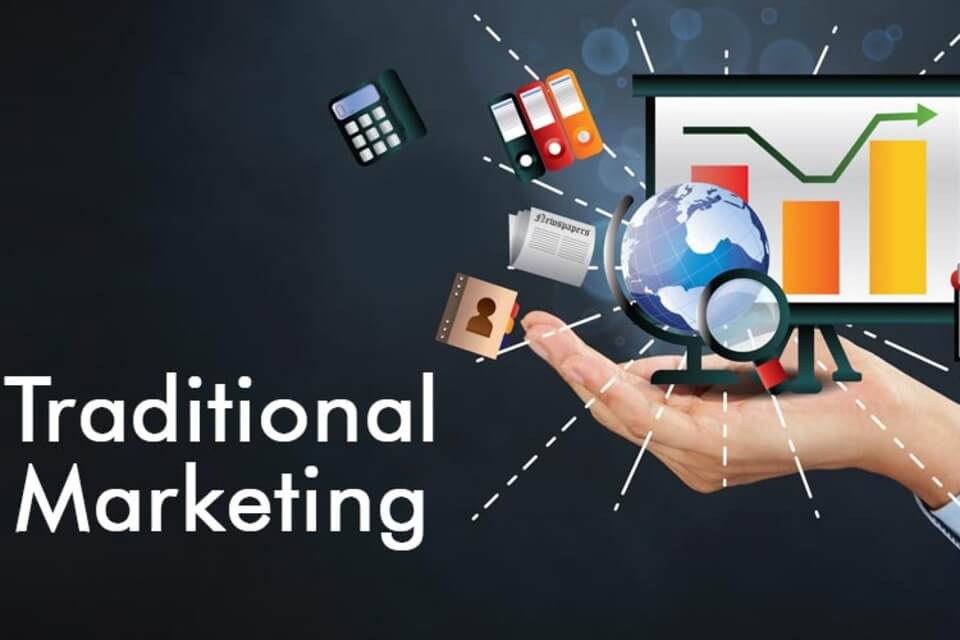
several types of digital marketing
There are several types of traditional marketing that have been used by businesses for decades, including:
- Print advertising
- Direct mail
- Telemarketing
- Broadcast advertising
- Outdoor advertising
- Event marketing
- Public relations
- Personal selling

1. Print advertising
This includes ads placed in newspapers, magazines, and other print media

2. Direct mail
This involves sending physical mailers or flyers to potential customers via postal mail.

3. Telemarketing
This involves calling potential customers on the phone to pitch products or services.

4. Broadcast advertising
This includes commercials aired on television or radio

5. Outdoor advertising
This includes billboards, posters, and other types of signage displayed in public areas.
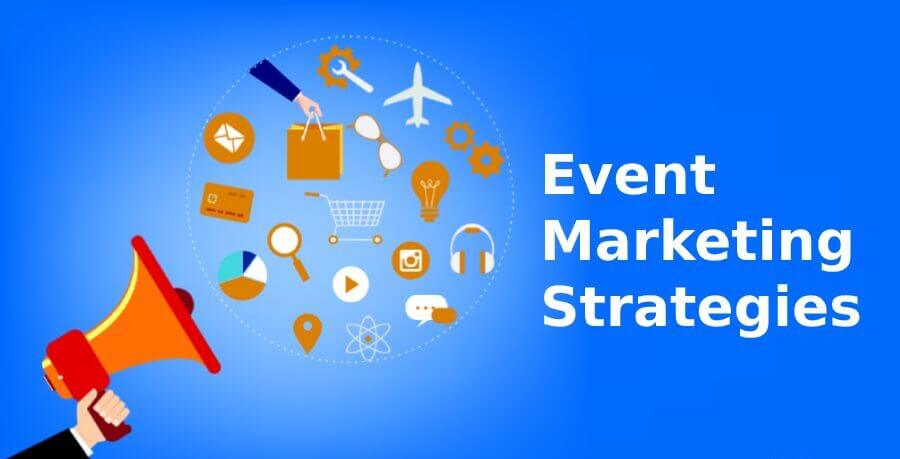
6. Event marketing
This involves sponsoring or participating in events to promote a brand or product.
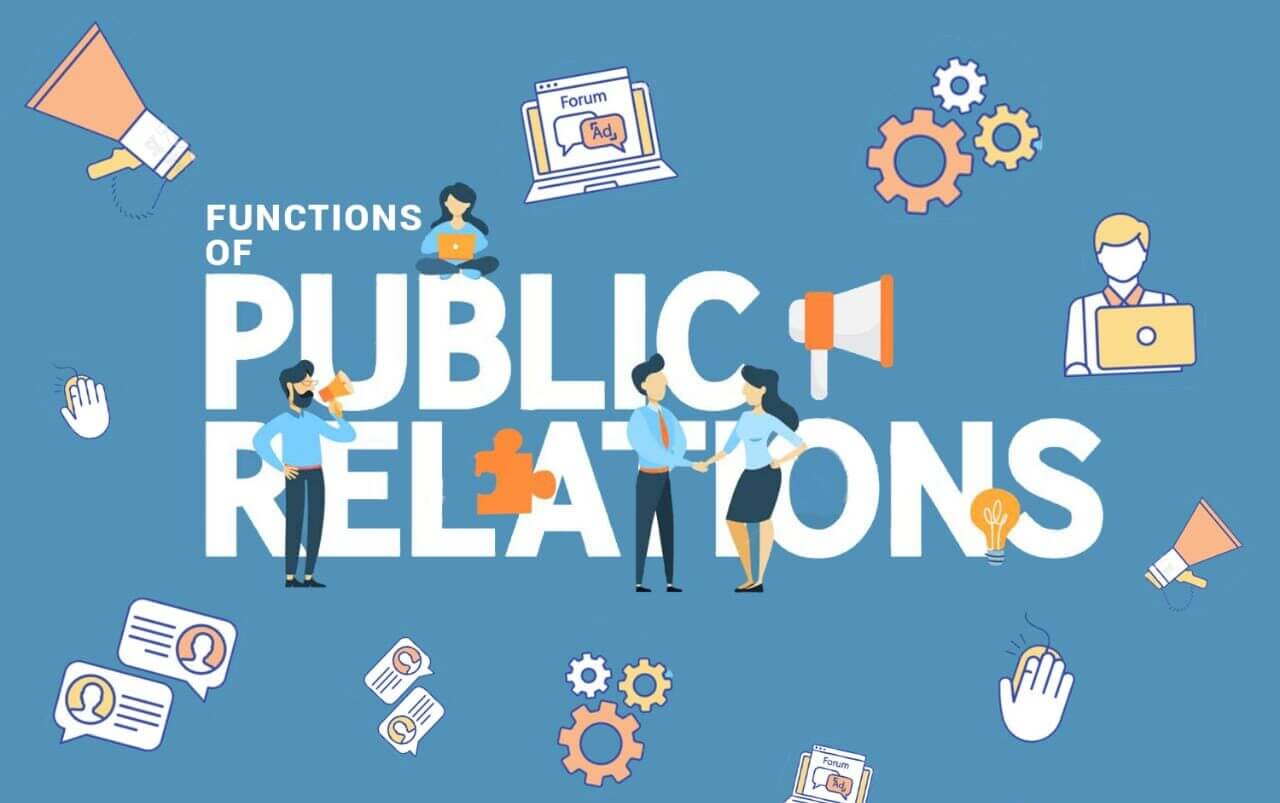
7. Public relations
This involves managing a company's image and reputation through media coverage, press releases, and other communications.

8. Personal selling
This involves one-on-one interactions between a salesperson and a potential customer, often in a retail setting
Key Differences between traditional marketing and digital marketing
01. Reach
Traditional marketing is often effective at reaching a broad audience, as it includes tactics like television and radio advertising, billboards, and print media. These channels can reach a large number of people simultaneously, making them ideal for businesses that want to increase brand awareness across a wide geographic area.
Digital marketing, on the other hand, allows businesses to reach highly targeted audiences. Through tactics like search engine optimization, pay-per-click advertising, and social media marketing, businesses can connect with consumers who are actively searching for products or services like theirs. Additionally, digital marketing allows for greater measurement and analysis of campaign effectiveness, which can help businesses make more informed decisions about how to allocate their marketing budget.
02. Cost
Traditional marketing is often more costly than digital marketing because it typically involves higher production costs, such as the cost of producing TV commercials, billboards, or print ads. Additionally, traditional marketing often requires businesses to purchase ad space or airtime, which can be expensive depending on the size and reach of the audience.
Digital marketing, on the other hand, is often less expensive than traditional marketing because it can be implemented using a variety of free or low-cost tools, such as social media platforms, email marketing software, and website content management systems. However, the cost of digital marketing can vary depending on the complexity of the campaign, the size of the target audience, and the level of competition in the market.
03. Targeting
In traditional marketing, targeting is often based on factors like geographic location, demographic data (such as age, gender, and income), and psychographic data (such as lifestyle and interests). For example, a business might place a billboard advertisement in a particular location where their target audience is likely to see it, or they might run a print ad in a magazine that is popular with a specific demographic group.
In digital marketing, targeting is often based on more granular data, such as search history, browsing behavior, and social media activity. For example, a business might target their Facebook ads to users who have expressed interest in their product or service, or they might use search engine marketing to target users who are actively searching for a particular type of product or service.
04. Measurability
In traditional marketing, it can be challenging to measure the effectiveness of campaigns accurately. For instance, it can be difficult to track how many people saw a billboard or how many people were influenced by a TV ad. However, businesses can use tactics like coupon codes or customer surveys to measure the impact of traditional marketing campaigns on sales or customer behavior.
On the other hand, digital marketing provides more measurable and trackable results. By using analytics tools and metrics, businesses can track website traffic, conversion rates, engagement rates, and other key performance indicators (KPIs) to determine the effectiveness of their campaigns. This enables businesses to adjust their campaigns in real-time, optimize their strategy, and achieve better results.
Digital marketing, on the other hand, is often less expensive than traditional marketing because it can be implemented using a variety of free or low-cost tools, such as social media platforms, email marketing software, and website content management systems. However, the cost of digital marketing can vary depending on the complexity of the campaign, the size of the target audience, and the level of competition in the market.
05. Engagement
In traditional marketing, engagement often involves passive activities such as watching a TV commercial or viewing a billboard. Although traditional marketing can also include more interactive activities such as attending a product demonstration or interacting with a salesperson, the level of engagement is generally lower compared to digital marketing.
In digital marketing, engagement is often more interactive and can include activities such as clicking on a link, commenting on a social media post, filling out a form, or making a purchase. The level of engagement in digital marketing is often higher due to the interactive nature of the channels used, which can lead to greater brand awareness, customer loyalty, and sales.

